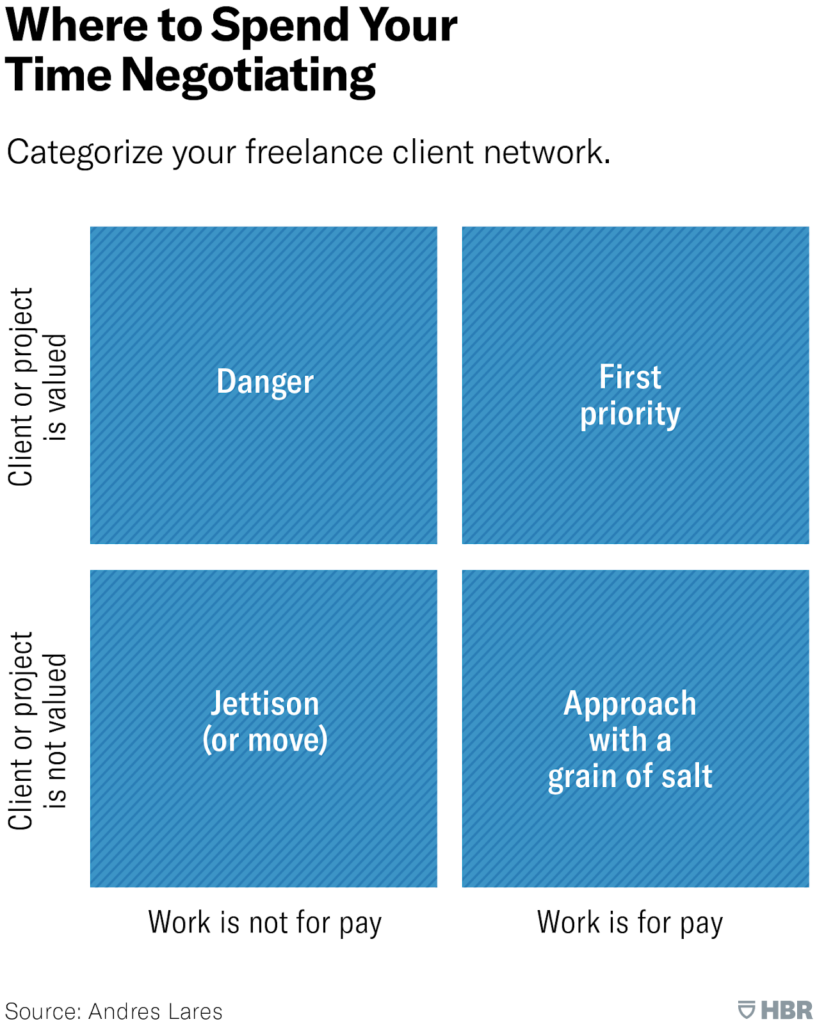How to Win Price Negotiations as a Freelancer

In this blog, we’d like to address a question to which many say there’s no right answer. How do you negotiate your rates as a freelancer and get the best money for your services? We, at Pepper Content, work with a vast community of freelancers. In this blog, we share a few best practices they follow to get the rates they deserve.
3 Tips for Negotiating Your Rates With Clients
It is not uncommon for freelancers, especially newbies, to feel stuck when deciding how much they should charge for their services. We have put together three simple tips that will help you confidently quote your price to clients.
1. Decide your rates

Before you quote your price to the client, make sure to do some research on industry rates. Seek first-hand advice. Ask friends in your industry to share some insights on their pricing.
You can also use freelancing platforms like Fiverr and Upwork to gather a ballpark figure and quote accordingly. You can bill your work based on hours spent on the task (per hour) or the volume of work supplied (number of pages/words/creatives, etc.)
2. Network with other freelancers
If you do not have friends in the industry or doubt the credibility of gig-work websites, here we have a hack. Contact a few freelancers through online searches on LinkedIn and other platforms. Try to interact with them and understand their pricing models. Apply the one that fits you best.
Being a part of a community means you can voice your concerns and opinions with people who are in similar positions. And because you’ll be updated on the common industry rates, it will reduce your chances of being financially exploited by a client.

3. Negotiate effectively
You may have a basic idea of your worth, but you often lose out on the negotiation game. You may be unable to stand up for your rates or justify the cost to the client. In this case, you can decide on what freelancers call a minimum acceptable rate (MAR). This value is the bare minimum you are willing to charge for each project. Determine your MAR based on the hours you can spend on the assignment, and only take on work that will pay above this number.

Also, keep in mind to bill for continuous projects. It’s always better to find work for longer durations, or more tasks. This volume gives you more room for negotiation. You should also study the client’s previous work and explain why you would be a good fit for them. A few personalized lines always go a long way.
Add anything between 10%-25% to your actual rates when you make a quote. Call this your wiggle room. Every client will want a reduction, so you might as well account for it. Questions, such as, “What budget are you looking at?” place the ball in the client’s court and compel them to reveal their market price.
Also, make sure all your communication is on record. Another tip for effectively negotiating your rates is giving the clients multiple options, with only a couple that are actually favorable. This makes them think they have a choice, and it is a win-win for both. The key is to allow the client to constantly think they are getting the better deal.
Remember, freelancing is a profession. And due to the volatile nature of money in freelancing, it is important to quote the rate you deserve. Lastly, do not settle for low pay, just because you’re afraid you’ll lose the client. Make sure you uphold your values when negotiating prices, yet reach an agreement that is mutually beneficial.
Latest Blogs
Explore how Google’s 2025 AI search updates triggered ranking chaos. Learn actionable strategies to adapt your SEO for AI Overviews, zero-click searches, and SERP volatility. Stay ahead now.
Learn how to rank on AI search engines like ChatGPT, Perplexity, and Gemini by optimizing your content for authority, structure, and relevance. Stay ahead in AI-driven search with this strategic guide.
Explore the best healthcare SEO services for your medical practice. Improve online visibility and effectively reach more patients in need of your services.
Get your hands on the latest news!
Similar Posts

Freelancing 101
5 mins read
11 Resources For Designers to Find Freelance Jobs Online

Freelancing 101
6 mins read
30 Freelance Industry Statistics to Get You Started

Freelancing 101
5 mins read